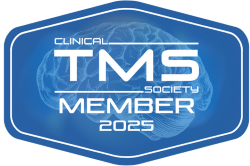
JOIN US! TMS Education Event - Tuesday, April 9th 5:30pm pst - Click to learn more!
Migraines
TMS for Migraines
Migraines are intense and often debilitating headaches that are usually characterized by a throbbing or pulsing pain, typically on one side of the head. Symptoms may include nausea, vomiting, and extreme sensitivity to light and sound. They can last from hours to days and can significantly impair daily activities. Migraines are divided into several types, the most common being migraine without aura and migraine with aura, the latter involving sensory disturbances before or during the headaches.
Types of Migraines
- Migraine without aura: The most common type, characterized by moderate to severe pulsating headache pain that can last from 4 hours to 3 days.
- Migraine with aura: For certain individuals, migraines may be preceded or accompanied by an aura, which are temporary symptoms affecting the nervous system. While often visual, auras can manifest as other types of disturbances as well. Each symptom tends to start slowly, intensify over several minutes, and can persist for up to an hour.
- Some common forms of migraine auras include:
- Observing unusual patterns, bright spots, or flashes of light.
- Experiencing a loss of vision.
- Feeling tingling or prickling sensations in an arm or leg.
- Encountering weakness or numbness in the face or on one side of the body.
- Having trouble with speech.
- Chronic Migraine: Defined as having more than 15 headache days per month over a 3-month period, of which more than 8 are migrainous, in the absence of medication overuse.
Common Symptoms:
- Throbbing or pulsating headache
- Pain typically on one side of the head
- Nausea and vomiting
- Sensitivity to light and sound
- Fatigue and dizziness
- Visual disturbances or auras (in migraine with aura)
- Following a migraine episode, individuals often experience exhaustion, confusion, and a general sense of depletion that can last for about a day. Others might feel unusually upbeat or elated. Quick movements of the head may temporarily resurrect the pain.
Traditional/Common Treatments:
- Pain-relief medications: Over-the-counter or prescription drugs including NSAIDs or triptans.
- Preventive medications: Aimed to reduce the frequency and severity of migraines.
- Lifestyle alterations: Identifying and avoiding migraine triggers, such as stress or certain foods.
- Behavioral therapies: Techniques such as relaxation training, biofeedback, and cognitive behavioral therapy.
TMS for Migraines
How Accelerated TMS Targets Migraines:
Accelerated Transcranial Magnetic Stimulation (TMS) utilizes magnetic fields to stimulate areas of the brain involved in pain control and mood regulation. For migraine treatment, TMS is directed at parts of the brain known to orchestrate the onset of a migraine. The rapid pulses from TMS may reduce or interrupt the pain signals and induce longer periods of relief.
Key Benefits of TMS for Migraines:
- Non-invasive: No surgery or implants required.
- Drug-free: Offers an alternative for those who cannot tolerate medications.
- Rapid relief: Some patients report quick alleviation of symptoms.
- Long-term efficacy: May reduce the frequency and intensity of migraine attacks.
- Well-tolerated: Fewer side effects compared to traditional drug therapies.
What patients are saying
"Desperate and struggling, my therapist recommended TMS. With an open mind and cautious optimism, I tried it. In just five days, my anxiety improved significantly. The clinic staff was fantastic, offering counseling and education on anxiety. The whole experience, including aftercare and follow-up, made a huge difference. I wholeheartedly recommend Accelerated TMS at Kind Health Group. Thank you, Dr. Nanos, and your amazing team"
Zhong, J., Lan, W., Feng, Y., Yu, L., Xiao, R., Shen, Y., Zou, Z., & Hou, X. (2022). Efficacy of repetitive transcranial magnetic stimulation on chronic migraine: A meta-analysis. Frontiers in Neurology, 13. https://doi.org/10.3389/fneur.2022.1050090 PubMed
Abstract Summary:This meta-analysis investigates the therapeutic or preventive effect of repetitive transcranial magnetic stimulation (rTMS) on chronic migraine. The study compiled data from randomized controlled studies to assess the analgesic effects of rTMS in patients with chronic migraine. The findings revealed that rTMS, particularly when targeting the dorsolateral prefrontal cortex, is more effective in reducing the frequency of migraine attacks compared to sham rTMS. However, it may not significantly reduce the pain level.
Lan, L., Zhang, X., Li, X., Rong, X., & Peng, Y. (2017). The efficacy of transcranial magnetic stimulation on migraine: a meta-analysis of randomized controlled trails. The Journal of Headache and Pain, 18(1), 86.
https://doi.org/10.1186/s10194-017-0792-4.PubMed
Abstract Summary:
This meta-analysis aimed to assess the efficacy of transcranial magnetic stimulation (TMS) as a non-invasive therapy for migraine. The study synthesized data from randomized controlled trials (RCTs) comparing TMS with sham treatments. A total of five studies, consisting of 313 migraine patients, were included. The findings suggest that single-pulse transcranial magnetic stimulation is effective for the acute treatment of migraine with aura after the first attack. However, the efficacy of TMS on chronic migraine was not found to be significant.
If this is a life-threatening emergency, please call 911 or the National Suicide Prevention Lifeline














































